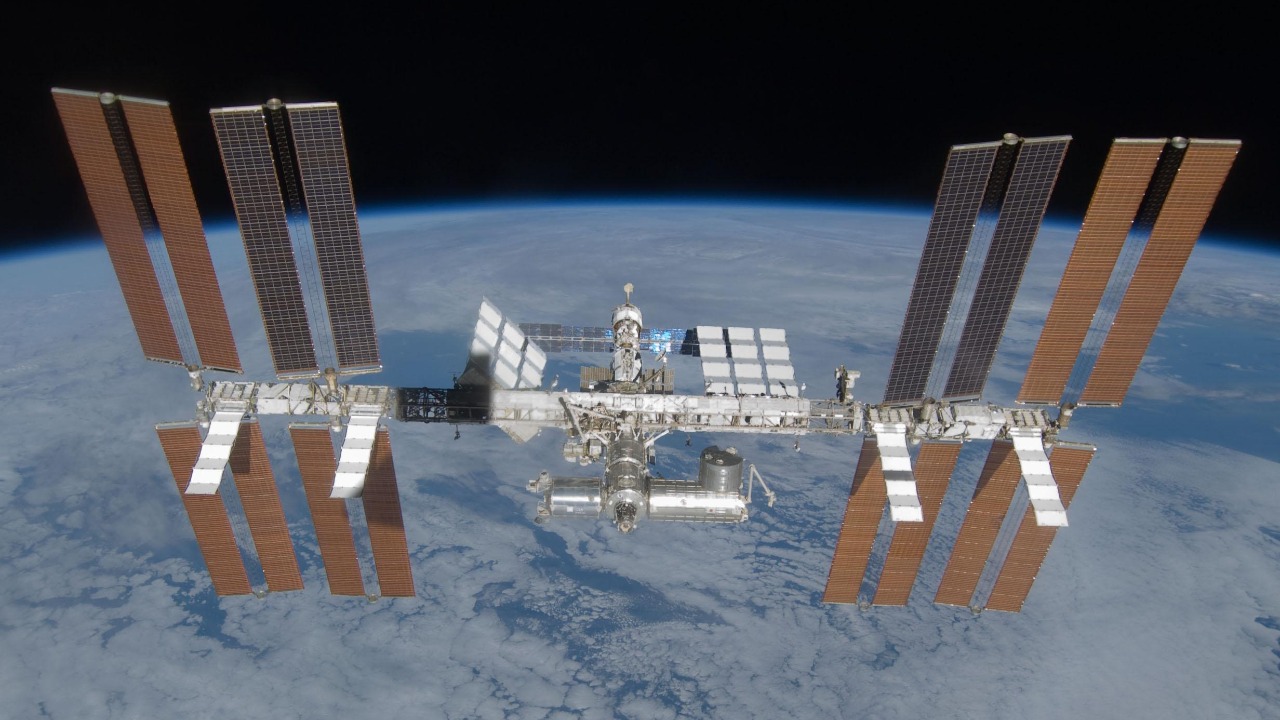
A NASA astronaut aboard the International Space Station (ISS) recently captured a rare atmospheric event known as a giant sprite, occurring above a thunderstorm over Singapore. This stunning image, showcasing the sprite’s massive, jellyfish-like structure against the dark backdrop of Earth’s atmosphere, underscores the value of human observation from space in documenting transient weather phenomena.
The Phenomenon Captured: A Giant Sprite
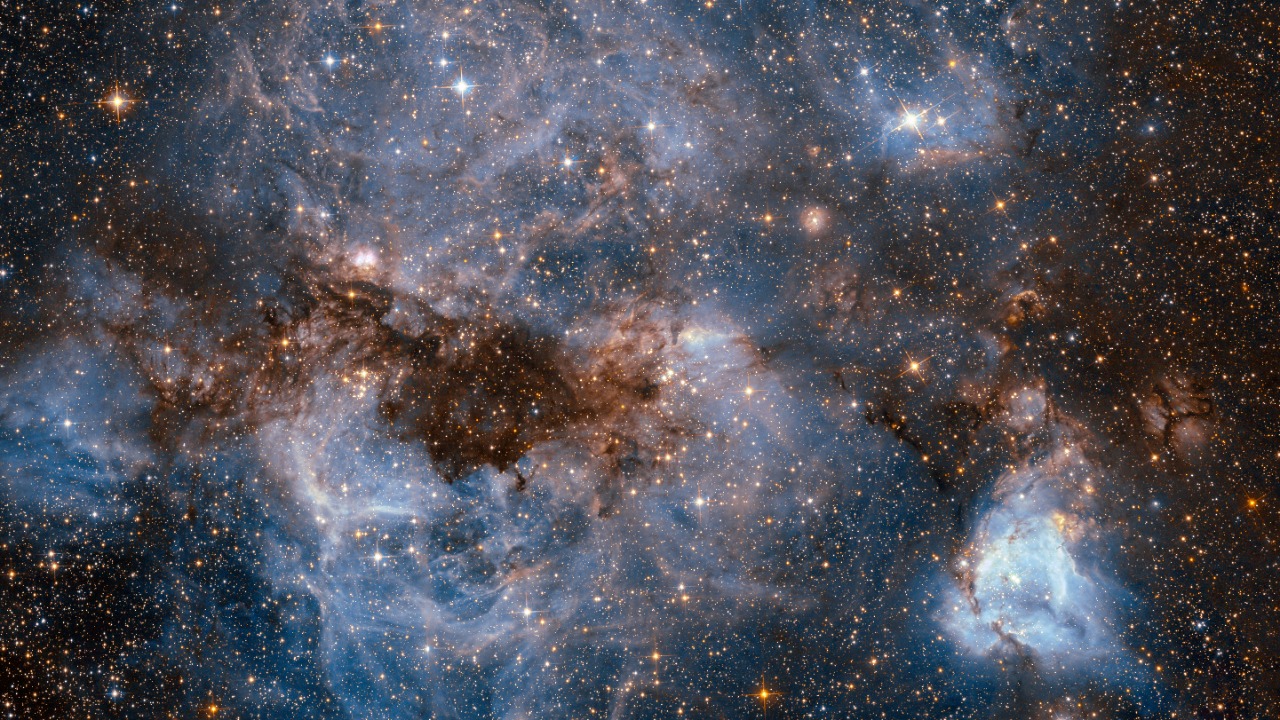
The captured sprite presented a mesmerizing visual spectacle, with reddish, branching tendrils extending upward from the thunderstorm cloud tops over Singapore. This ethereal display, as seen in the astronaut’s photograph, resembled a celestial jellyfish suspended in the night sky. The sprite’s reddish hue, a result of nitrogen in the upper atmosphere interacting with electrical discharge, added to the otherworldly beauty of the phenomenon.
The scale of the event was equally impressive. The sprite spanned several kilometers in height, making it one of the larger examples observed from orbit. The timing of the capture, during a nighttime pass over Southeast Asia, was crucial to the clear visibility of the sprite. The storm’s lightning activity below illuminated the sprite against the dark backdrop of space, enabling the astronaut to document this elusive phenomenon with remarkable clarity.
Orbital Perspective from the ISS
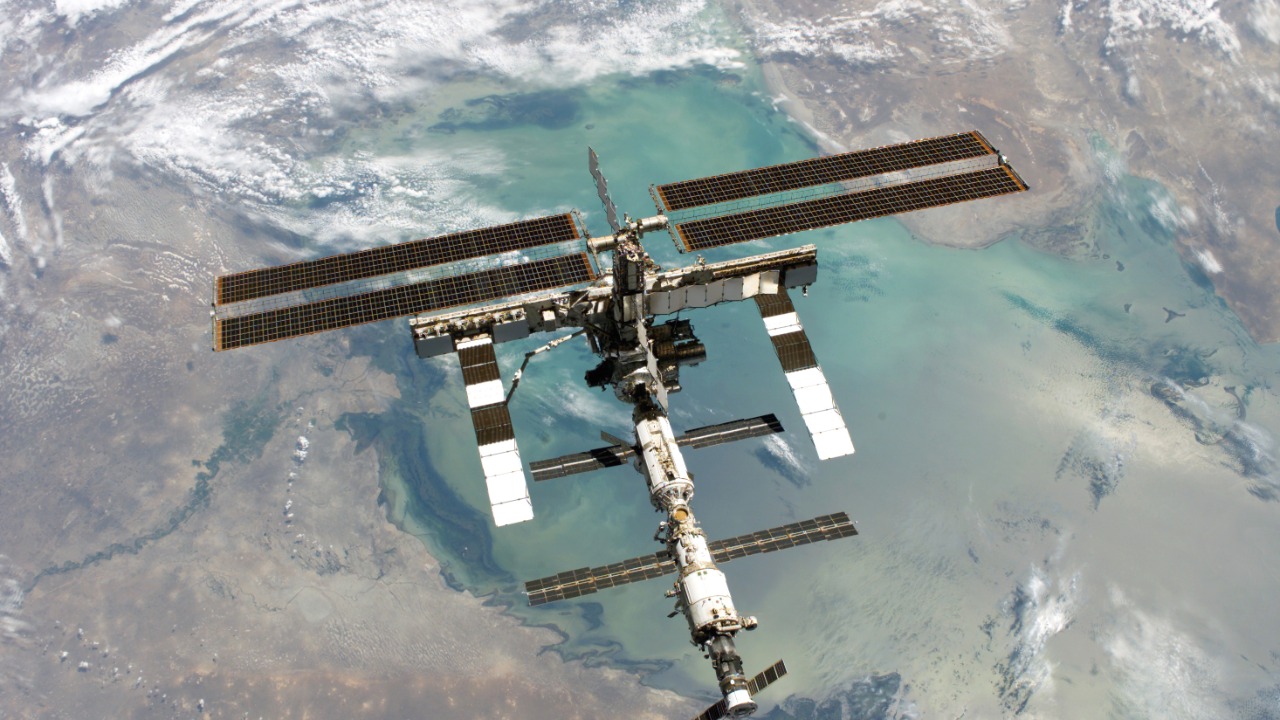
The astronaut’s vantage point on the ISS, approximately 400 kilometers above Earth, provided a unique perspective on the sprite. This orbital viewpoint allowed for a wide-field view of the Singapore region without atmospheric interference, offering an unobstructed view of the sprite’s full extent and intricate structure.
The capture of the sprite was made possible by the high-resolution camera equipment on the ISS. The astronaut was able to snap the image during a brief window of optimal conditions over the thunderstorm, demonstrating the importance of timing and technology in documenting such transient atmospheric events.
Understanding Sprites in Atmospheric Science
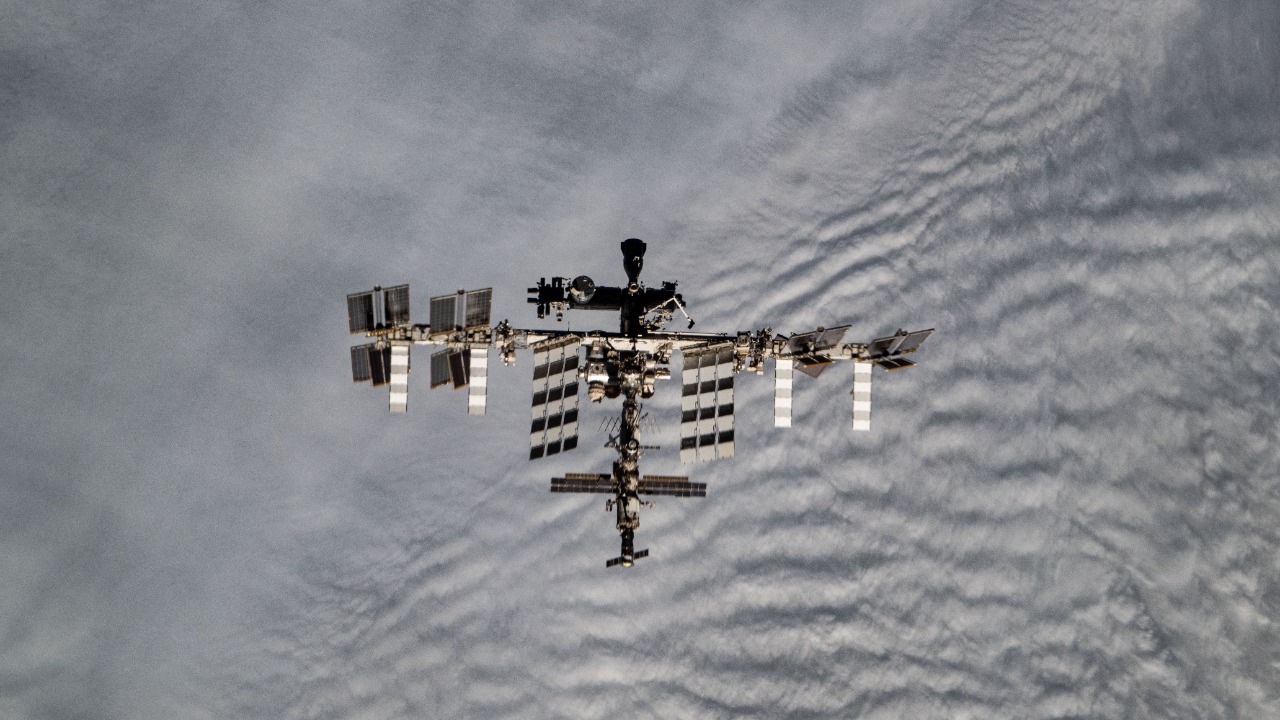
Sprites are upper-atmospheric electrical discharges triggered by powerful lightning in thunderstorms. They occur in the mesosphere, around 50-90 kilometers altitude, and are part of a category of phenomena known as transient luminous events. Despite their striking appearance, sprites are notoriously elusive, often lasting only milliseconds, making them difficult to observe from the ground.
The elevated perspective from space, however, offers a unique advantage in detecting and studying sprites. From the ISS, astronauts can observe these transient events over vast geographical areas, capturing images that can provide valuable data for atmospheric scientists back on Earth.
The Role of Thunderstorms in Sprite Formation
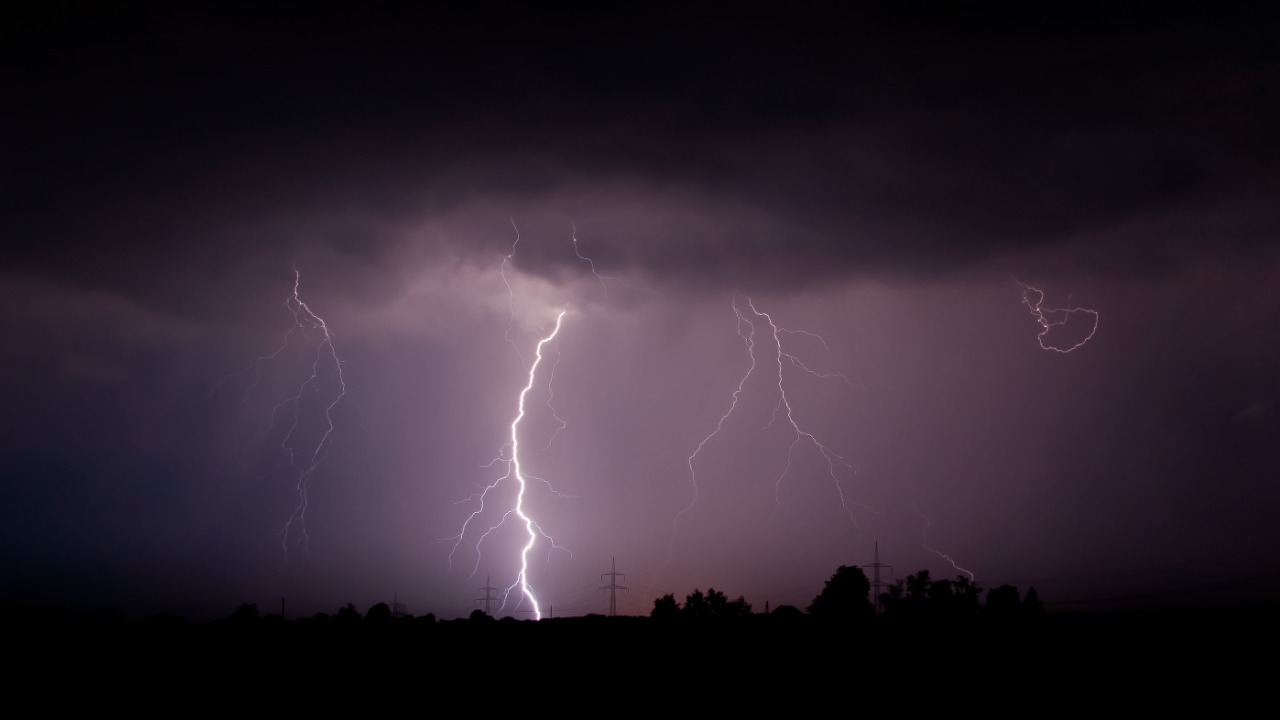
The underlying thunderstorm over Singapore played a crucial role in the formation of the observed sprite. This intense convective system, characterized by positive cloud-to-ground lightning strikes, provided the necessary conditions for initiating the sprite. The electrical energy from these lightning strikes can trigger a cascade of events leading to the formation of a sprite in the upper atmosphere.
Singapore’s tropical climate, prone to frequent thunderstorms, provides ideal conditions for such upper-atmospheric events. The region’s weather context, therefore, played a significant role in the occurrence of this rare phenomenon.
Scientific Implications of the Observation
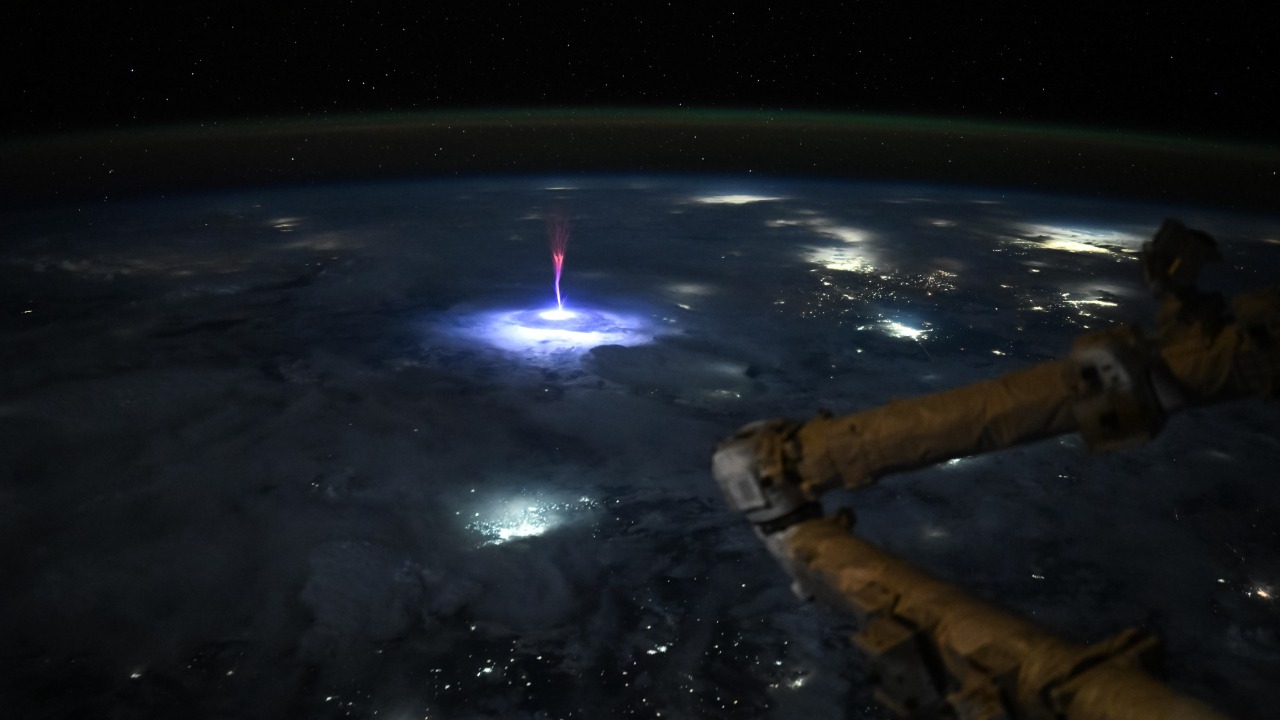
This ISS capture contributes significantly to research on transient luminous events. The data obtained from such images can aid models of Earth’s electrical environment and climate interactions, providing insights into the complex dynamics of our planet’s atmosphere.
The Singapore sprite event also has potential connections to broader atmospheric studies, such as ionospheric disturbances. As a case study, it can help scientists understand the global distribution of sprites and their role in atmospheric electricity, contributing to our overall understanding of Earth’s weather and climate systems.
Historical Context of Space-Based Weather Imaging
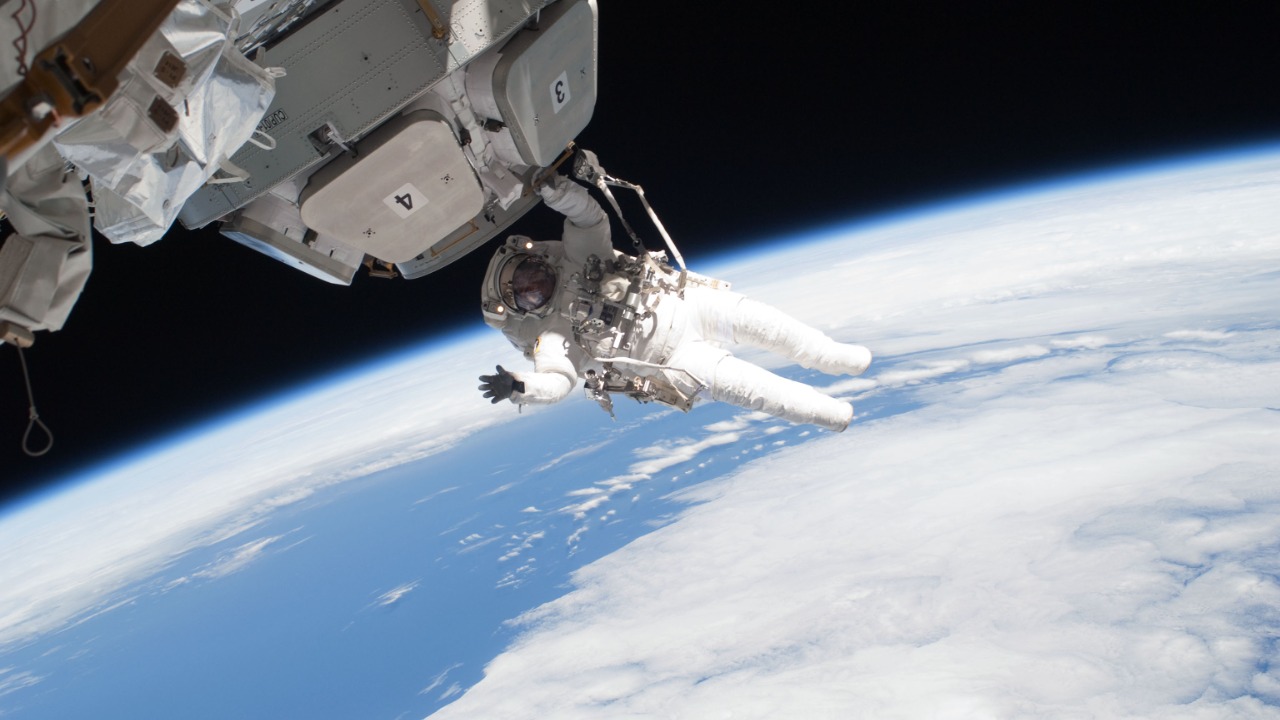
Since the operational years of the ISS, NASA astronauts have captured similar phenomena over various global locations, building a valuable dataset for atmospheric science. Each capture adds to our understanding of these elusive events, helping scientists piece together the puzzle of Earth’s atmospheric electricity.
The Singapore sprite stands out in this dataset due to its size and clarity. Its capture underscores the progress made in space-based weather imaging, highlighting the unique contributions of astronauts in advancing our understanding of Earth’s atmosphere.
Public and Educational Impact
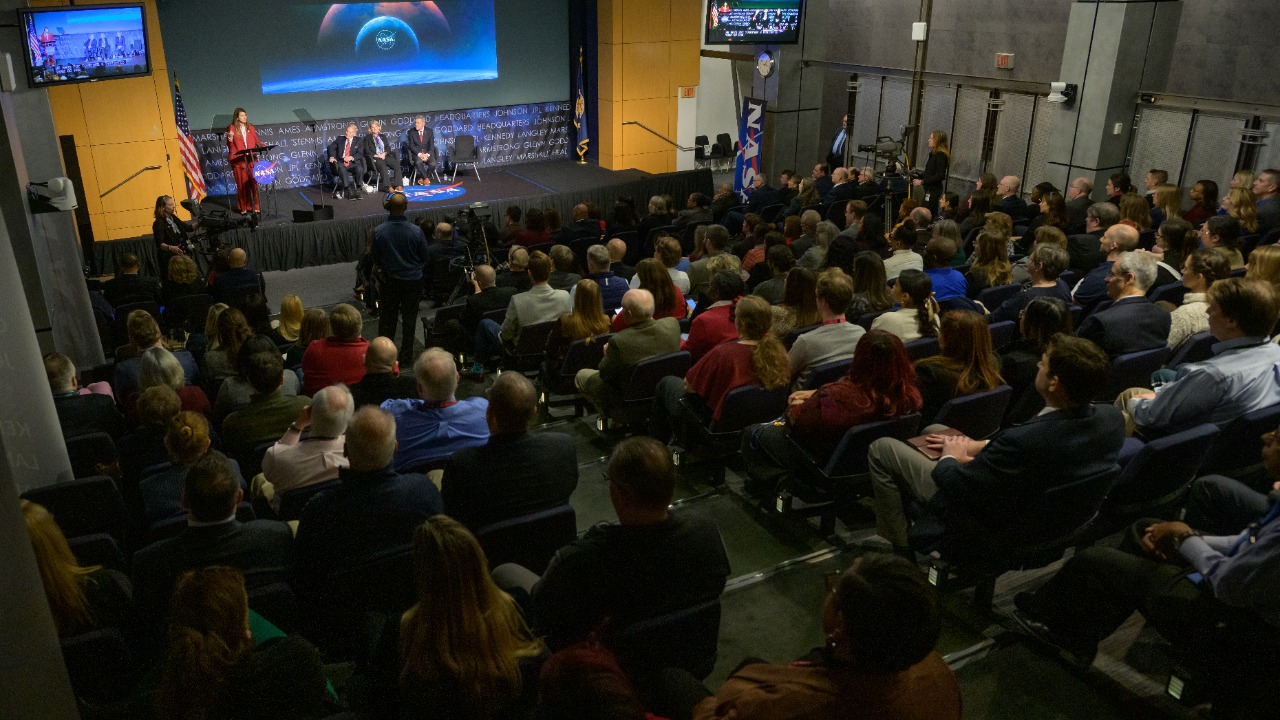
NASA shares such images through official channels to engage the public in space science. The sprite photo, with its stunning visual appeal, has the potential to inspire interest in atmospheric phenomena and the broader field of space science.
The image also serves as a valuable educational resource. It can be used in classrooms to explain space-weather connections, highlighting the astronaut’s role in bridging Earth and space observations. By bringing the wonders of the universe into the classroom, such images can inspire the next generation of scientists and explorers.
As we continue to explore the cosmos, the value of human observation from space remains clear. The capture of the Singapore sprite is a testament to this, reminding us of the beauty and complexity of our home planet.